Text and photo: Alexander MISHIN
Often, when scrolling through Internet forums, I come across the question of how to choose a thermal imaging monocular. What should you pay attention to and why do you need a monocular at all? Is it enough to take a thermal imaging sight and not bother with a separate device?
I have quite a lot of experience using a range of different thermal imaging devices and have come to quite firm conclusions for myself.
First of all, you need a separate monocular anyway. Definitely, a sight removed from a rifle can almost completely replace a monocular, but with several buts. Removing a sight from a rifle and putting it on is not a good idea. With such frequent manipulations, whatever the manufacturers of expensive and high-quality mounting brackets say, there remains the danger of disturbing the zeroing.
Secondly, putting a sight on a rifle in the dark, on a tower, and what’s more, when an animal is approaching, is not only inconvenient, it’s impossible. Mud or conifer needles can get into the mount bracket, or the sound of installation can scare the animal away. There is the temptation to set a sight in advance and then look for a trophy by moving the rifle with the sight. Doing so is strongly forbidden – it is a direct violation of safety precautions, which, as you know, are written in blood.
Let me tell you a story. Once a hunter was sitting on a tower observing the approaches through a sight. Suddenly, someone unexpectedly shone a flashlight at him. The flash in the night vision device was so strong and unexpected that the unlucky hunter pulled the trigger. Fortunately, he didn't hit anyone. Apparently, the effect was also unexpected for the flashlight’s owner, and he was never found.
This is where the understanding comes from that you also need a monocular. It makes sense and, as practice has shown, is convenient, if not cheap. Someday I will tell you how you can assemble a monocular-sight to save money and lose practically nothing in quality. Here I will just note that a monocular must be thermal imaging. This will help you observe for hours, look out and find a trophy. You should always have a monocular at hand, not a scope, which is in the cover on the rifle most of the time. It remains to be seen which monocular to choose.
As for me, I like Pulsar's thermal imaging devices. Pulsar is doing well with their monocular which is excellent value for money, well-designed and has a user-friendly interface. The identical logic and interface on all devices is a great draw. Once you are familiar with one device, you can operate any, whether a thermal imaging device, binoculars, monocular or an electronic night sight. There is software for smartphones and tablets – it is all-round very convenient.
But a question arises. Pulsar has two monocular lines – Axion and Helion. What for? Why? Which is better? These questions are often asked by hunters who want to purchase a monocular. There is also the question of what to purchase: a monocular or binoculars, but let's discuss that another time. Today we will deal with the Axion and Helion lines.

Two concepts.
As illustrated by these two lines, the concept of dividing devices by task is quite clearly traced. The Axion monocular is a compact, extremely lightweight device, intended to save not only in size, but also in the weight of the device. The Axion monocular is good both as a secondary device (see below) and as a companion device: it won’t get damaged whether in a bag, a backpack, or pocket. It can be carried with you almost anywhere or in the glove compartment of your car. In general, it is light-weight, small and unobtrusive.
The Axion monocular is convenient as a second device in a set with a sight or a rangefinder. When you need to shoot quickly, the Axion monocular can simply be thrown aside – it will hang on the "safety cord" (hand strap) on your wrist, without interfering with the shot. At the same time, it remains a high-power thermal imaging device with important characteristics we will discuss below. Pulsar offers a fairly wide line of Axion devices for every need and budget, including those with a rangefinder.
Helion devices are a slightly different concept. Here the purpose is clearly to achieve the best features wherever possible: in the detection range (reaching 1800 meters), in operating time with a single battery charge, as well as, perhaps the best power supply on the market, etc. The device is protected not only from rain and splashing, it can withstand underwater submersion. Helion is also equipped with the most efficient high-aperture lens F50/1.0. Helion can no longer be called a pocket device (though it fits in an inside jacket pocket), but you get a powerful and rugged device.
Now that we are familiar with the differences, let's see how the devices are similar? Definitely, this is the control menu, as it is almost the same as on other Pulsar devices and sights. Also, both lines are connected to smartphones, which makes it possible not only to control the device remotely and update the firmware, but also to observe the image together with the owner of the device. The ability to connect an external power supply is important.
Both devices feature an excellent design and magnesium alloy casing. This gives them high mechanical strength and insensitivity to both high and low temperatures.
So, who are these devices for? From the above, it can be seen that the Axion is more suitable for hunter or shooter, while Helion is most appropriate in the inventory of the observer, searcher and rescue worker or traveler. Then again, this is my subjective viewpoint.
As I wrote above, the choice of devices is wide. Indeed, Axion is offered in six modifications this year, and Helion in three. Each person can choose the device best adapted to their needs.
In this article I will talk about the Pulsar Axion XQ38 and the Helion 2 XQ50F thermal imaging devices. Everything that was described above can be fully attributed to these devices. Let's compare the specific characteristics of these devices.
The Axion XQ38 thermal imaging device is the top-rated device in the Axion line. Compared with other Axion devices, its sensor is more sensitive. It has the best objective lens, which means good resolution and a longer detection distance. This device has it all: a maximum detection distance of 1350 meters, magnification up to 14x, an excellent, clear image, durable waterproof casing and powerful electronics.

As with the Axion XQ38, the Helion 2 XQ50F also has the well-proven French Ulis (Lynred) sensor with a resolution of 384x288 pixels, a pixel size of 17 microns and NETD temperature sensitivity of less than 40 mK. This is a very good indicator – the lower the NETD value, the more contrast in the image with the minimum temperature difference between the observed objects. This makes a high-quality image possible. Thanks to the large-aperture lens, the detection range of warm objects increases to 1800 meters in the Helion 2 XQ50F.
Specifications:
| |
Axion XQ38
|
Helion 2 XQ50F
|
|
Sensor
|
384х288 pixels, @ 17 μm
|
|
Lens
|
F38/1.2
|
F50/1.0
|
|
Magnification
|
3.5–14x
|
4.5–18x
|
|
Field of view
|
9.8x7.4°
|
7.5x5. °
|
|
Detection range
|
1350 m
|
1800 m
|
|
Display
|
AMOLED 1024x768 pixels
|
|
Operating temperature range
|
-25 – +40 °С
|
-25 – +50 °С
|
|
Battery type
|
Removable battery
|
|
Battery capacity
|
4.9 Ah
|
6.4 Ah
|
|
Battery life
|
up to 6 h
|
up to 9 h
|
|
Dimensions
|
176x49x73 mm
|
226x55x58 mm
|
|
Weight
|
350 g
|
500 g
|
So, what do we have in practical terms? First of all, the devices are both similar and completely different at the same time. They are similar in their functionality, menus and operation. The Helion 2 XQ50F is more powerful and works for longer, but it is larger and heavier, which at times is significant.
These features make it possible to choose a thermal imaging device for your specific needs. You can decide whether to purchase a compact device that will always be with you and at hand, or a more efficient, but also more overall device.
What can be said unequivocally is that both these devices are high quality, reliable and, I am tempted to say, beautiful. For my needs, I like the compact AXION XQ38 device, because I need a companion device that is always with me. As one American proverb goes, "Better a .22 pistol in your pocket than a .45 in a lock box at home." This is my case.
The Helion 2 XQ50F may be much more suitable for those who don’t have a gun or other optical device with them, and those who don’t do long hikes on foot, since its wider possibilities can be realized, and it will become your assistant.
Overall, the options are good.
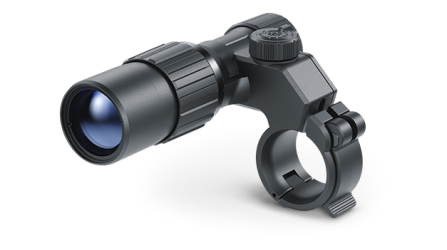 DiscontinuedPulsar Digex-XS
DiscontinuedPulsar Digex-XS APS Batteries
APS Batteries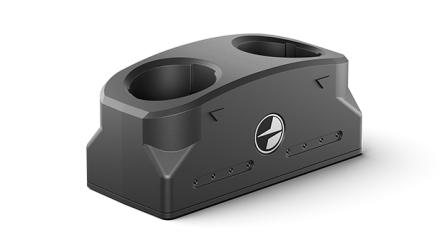 APS Chargers
APS Chargers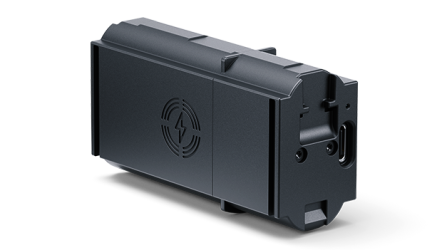 LPS 7i Battery Pack
LPS 7i Battery Pack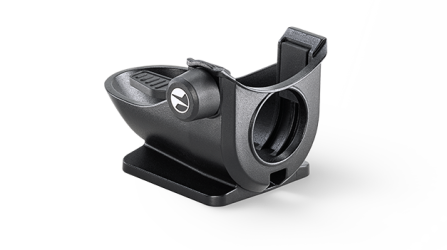 Telos LRF Tripod Adapter
Telos LRF Tripod Adapter IPS Batteries
IPS Batteries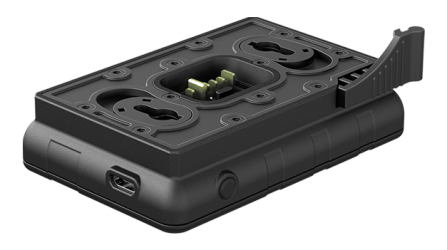 IPS Battery Charger
IPS Battery Charger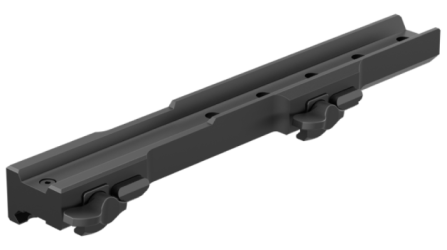 Rifle Mounts
Rifle Mounts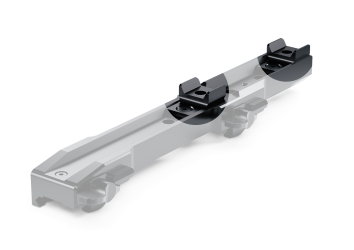 H7 Spacers
H7 Spacers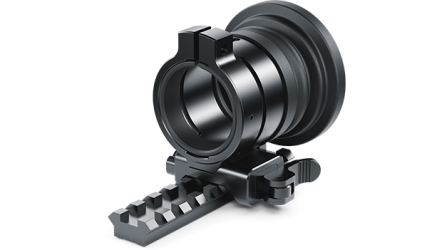 NewPSP-V Weaver Rail Adapter
NewPSP-V Weaver Rail Adapter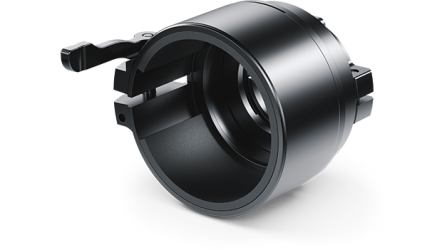 PSP Ring Adapters
PSP Ring Adapters NewPSP-B Ring Adapters
NewPSP-B Ring Adapters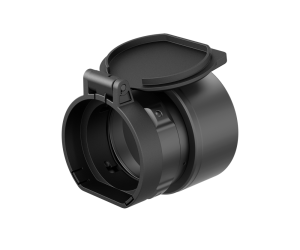 FN Adapters
FN Adapters Remote Controls
Remote Controls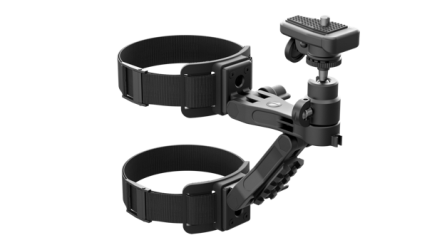 Tree mount
Tree mount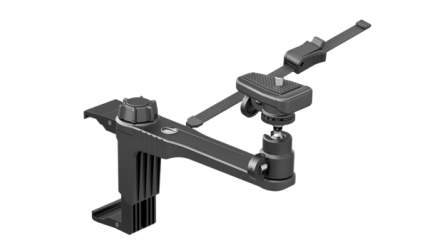 Window Frame Mount
Window Frame Mount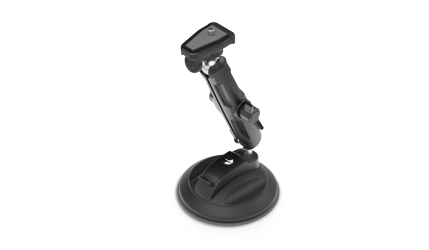 Flat Glass Mount
Flat Glass Mount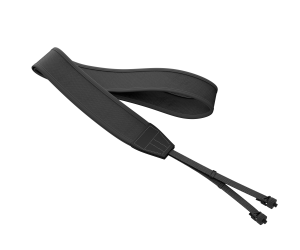 Neck Straps
Neck Straps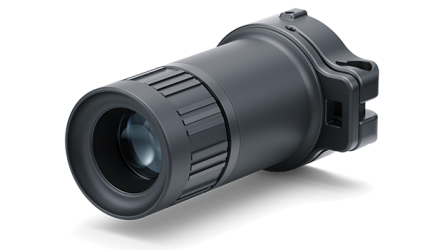 NewMonocular Pulsar 3x20 B
NewMonocular Pulsar 3x20 B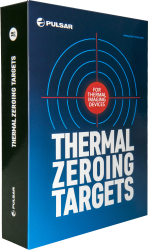 Thermal Zeroing Targets
Thermal Zeroing Targets
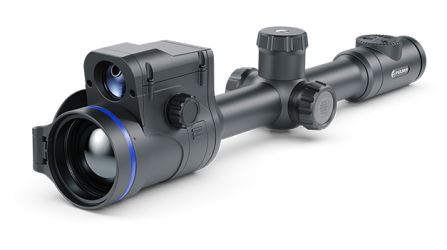
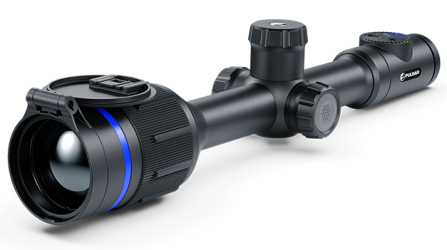
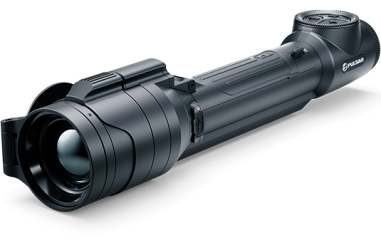
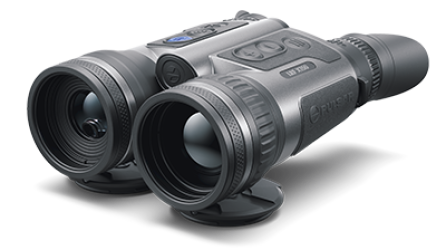
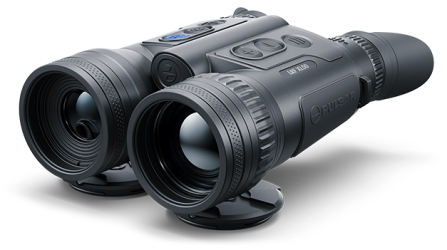
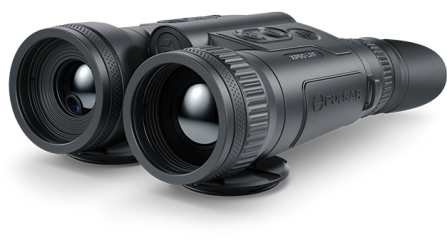
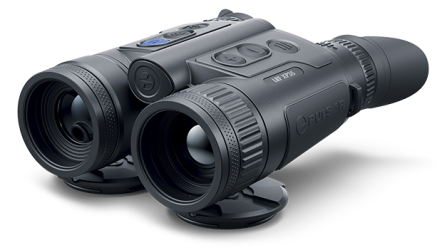
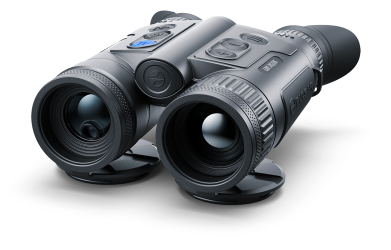
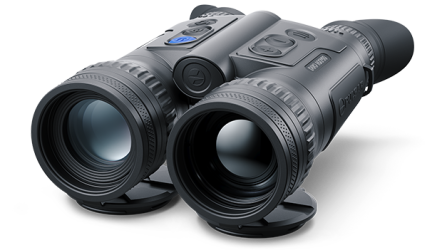
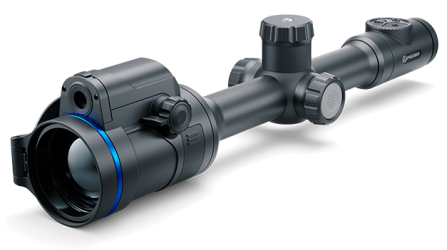

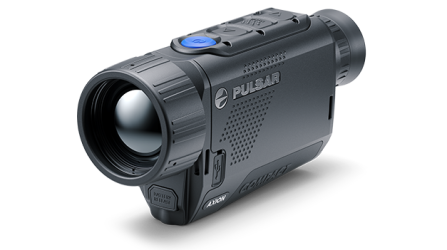
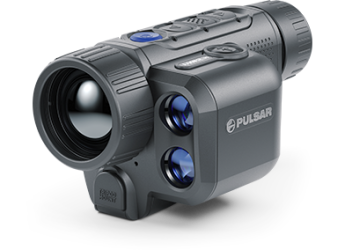
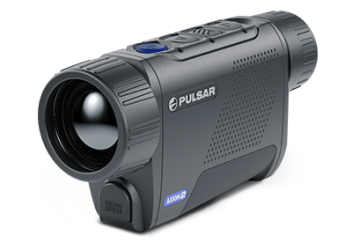
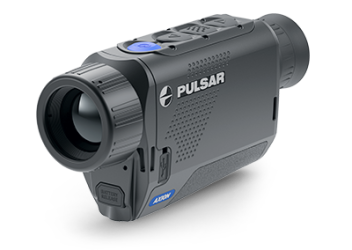
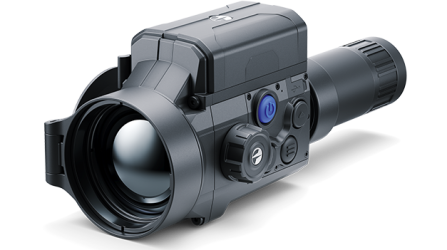
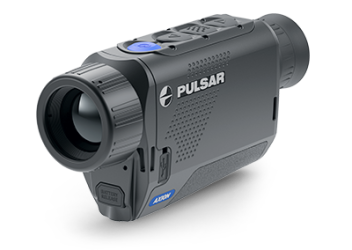
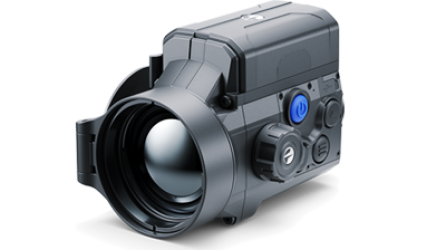
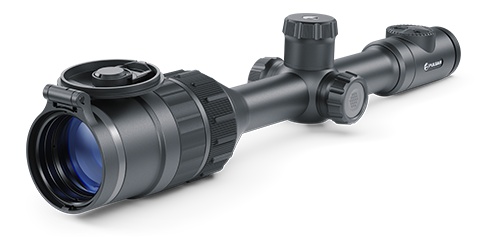
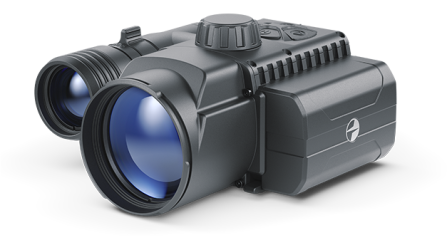
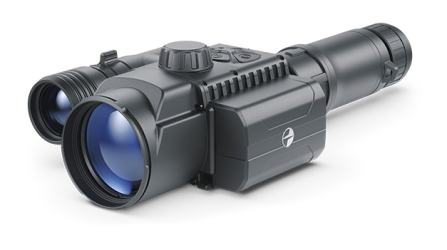















 English
English German
German French
French Spanish
Spanish Italiano
Italiano English
English Lietuvių
Lietuvių